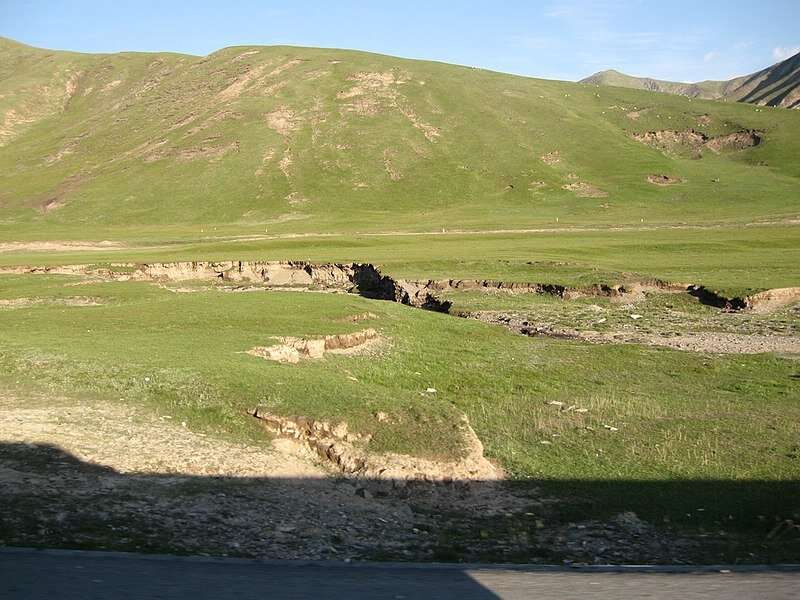Insights into Cenozoic environmental change and ecosystem evolution

The growth of the Qinghai-Tibetan Plateau (QTP) during the Cenozoic drove dramatic climate and environmental change in this region. However, there has been a limited amount of research on long-term climate change on QTP. Therefore, the long-term paleoclimatic evolution of the Tibetan Plateau and its main driving mechanisms are poorly understood.
In a study published in Science China: Earth Sciences, using bioclimatic analysis (BA) and jointed probability density functions (JPDFs), researchers from the Xishuangbanna Tropical Botanical Garden (XTBG) of the Chinese Academy of Sciences quantitatively reconstructed the paleoclimatic parameters based on 48 floras for QTP.
They then applied the Hadley Center Coupled Model version3 (HadCM3) to simulate the corresponding paleoclimate.
The 48 fossil floras, including macrofossils and palynological fossils, were collected in QTP area from the Paleogene to Neogene (66–2.58 million years ago).
The reconstructed paleotemperature determined using the BA and JPDFs, numerical simulations and other proxies indicated that there was an overall decline in temperature and precipitation.
Combining HadCM3 simulations, isotope analysis and the Climate Leaf Analysis Multivariate Program, the researchers found that the climate showed an overall cooling trend on QTP under the influence of global climate change and the growth of the plateau. In particular, since the late Eocene, the growth of QTP has resulted in remarkable regional climate change.
The simulation results show that when the Neo-Tethys Ocean retreated in the middle-late Eocene, the overall precipitation increased throughout this region. The effects of the Neo-Tethys Ocean retreat on QTP may be less than the uplift of QTP and global climate change.
"However, as the boundary conditions of the model are obscure (such as topography in different regions of QTP, Neo-Tethys Ocean retreat, and the land-sea boundary), more geological data should be combined for further study," said Li Shufeng of XTBG.
"This research can provide insights into Cenozoic environmental change and ecosystem evolution," said Su Tao of XTBG.
More information: Jiagang Zhao et al, The Paleogene to Neogene climate evolution and driving factors on the Qinghai-Tibetan Plateau, Science China Earth Sciences (2022). DOI: 10.1007/s11430-021-9932-2
Journal information: Science China Earth Sciences
Provided by Chinese Academy of Sciences



















